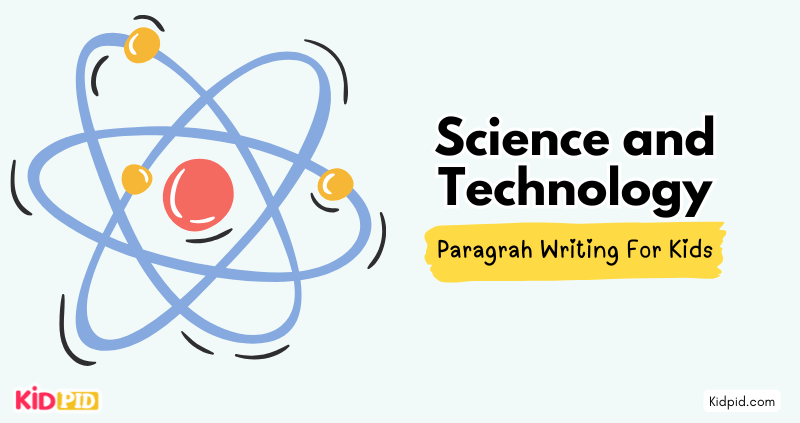How to Build a Player-Driven Story in Multiplayer Games

There is no denying the popularity of multiplayer games in today’s gaming industry. From massive online battle arenas to cooperative team-based shooters, multiplayer games offer players the chance to engage with others in real-time, creating a dynamic and ever-changing gaming experience. One way to enhance the multiplayer gaming experience is by incorporating a player-driven story, where the actions and decisions of the players directly impact the narrative of the game.
Building a player-driven story in a multiplayer game can be a challenging but rewarding endeavor. It requires careful planning, creative design, and a deep understanding of both game mechanics and player behavior. Here are some tips on how to create a player-driven story in multiplayer games:
1. **Foster player agency**: One of the key elements of a player-driven story is giving players a sense of agency – the feeling that their decisions and actions matter. By providing players with meaningful choices and consequences, you can empower them to shape the direction of the story. This can be done through branching narratives, dynamic events, and player-driven quests.
2. **Create a living world**: In a player-driven story, the game world should feel alive and responsive to player actions. Events should unfold based on player choices, and NPCs should react dynamically to player behavior. By creating a dynamic and interactive world, you can immerse players in the story and make them feel like they are truly part of the game’s narrative.

3. **Encourage collaboration**: Multiplayer games are all about teamwork and cooperation. By encouraging players to work together towards a common goal, you can create a collaborative storytelling experience. This can be done through group quests, shared objectives, and multiplayer events that require coordination and communication between players.
4. **Embrace emergent gameplay**: One of the strengths of multiplayer games is their ability to create emergent gameplay – unexpected and unpredictable interactions between players that can lead to new and exciting storylines. By embracing emergent gameplay, you can create a dynamic and ever-evolving narrative that keeps players engaged and invested in the game world.
5. **Listen to player feedback**: Finally, building a player-driven story requires listening to the feedback and input of your players. Pay attention to how players are interacting with the story, what choices they are making, and what aspects of the game they are enjoying or struggling with. By incorporating player feedback into your design process, you can create a more engaging and satisfying player-driven narrative.
In conclusion, building a player-driven story in multiplayer games requires creativity, collaboration, and a deep understanding of player behavior. By fostering player agency, creating a living world, encouraging collaboration, embracing emergent gameplay, and listening to player feedback, you can create a dynamic and immersive storytelling experience that keeps players coming back for more. So next time you’re designing a multiplayer game, consider how you can incorporate a player-driven story to enhance the gaming experience for your players.
